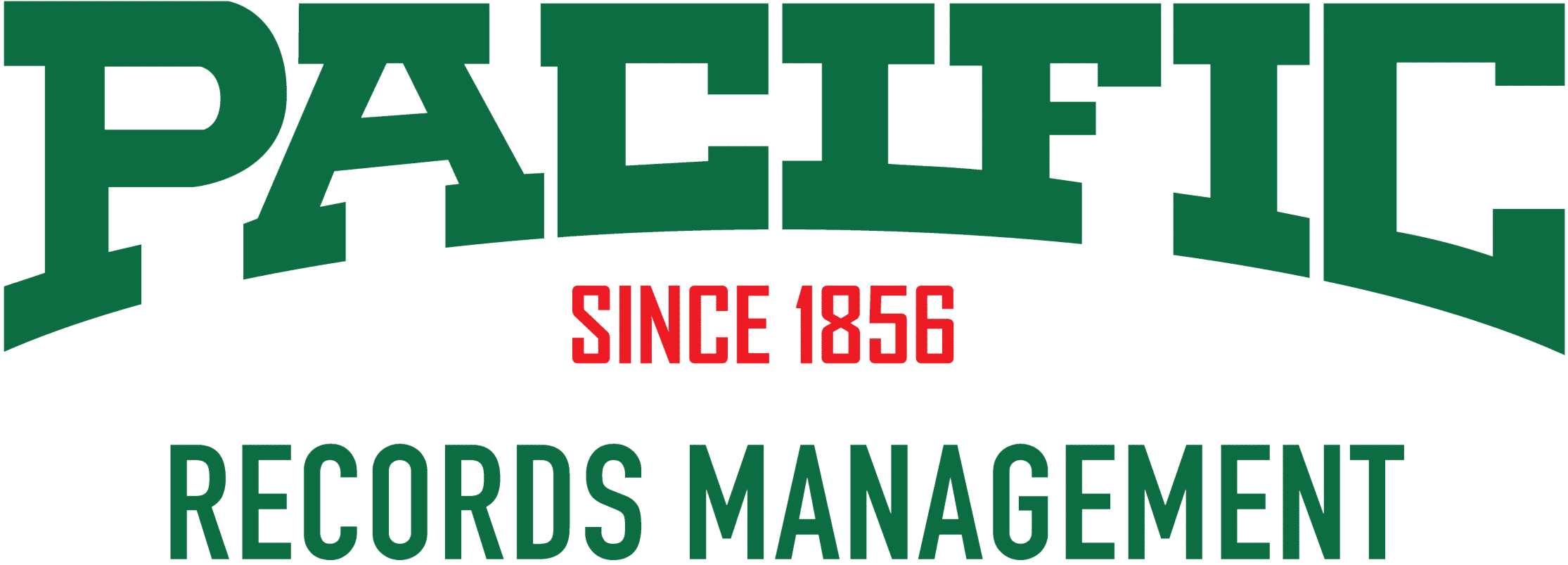The Art of Streamlining Records Management

If you’re leaning toward the latter, you’re not alone. The good news? With the right strategy, you can master the art of streamlining your records management to create a more organized, secure, and efficient process.
Here are five key principles to help you get there:
1. Adopt a Digital System
Going digital isn’t just a trend, it’s a necessity. Transitioning from paper-based records to a secure digital system can drastically improve how you manage information. Tools like cloud storage and document management software allow you to centralize files, making them easier to search, share, and secure.
Partnering with a professional records management service can make this shift even smoother. Here’s how:
- Expert Guidance: Experienced providers can help you choose the right system based on your industry’s specific needs. They also offer guidance on compliance requirements and best practices to ensure everything is done by the book.
- Streamlined Implementation: Transitioning to a digital records system can feel overwhelming. A professional partner helps organize your files, oversee the transition, and integrate the new system into your current workflows to avoid downtime.
- Ongoing Support: The job doesn’t stop after implementation. A good partner offers continual support through updates, troubleshooting, and scalable solutions as your business evolves.
2. Define Clear Policies
Creating and maintaining well-documented records policies is critical to ensure everyone’s on the same page. When everyone understands how to create, store, retrieve, and dispose of records, your organization runs more smoothly—and stays compliant.
Here’s how to build strong records policies:
- Tailor Policies to Legal and Industry Requirements: Understand the rules that apply to your industry (like HIPAA, GDPR, or local laws), then create policies that ensure compliance. Professional providers stay current with third-party regulations and can help you stay on track.
- Develop Clear SOPs (Standard Operating Procedures): Make things simple for your team. Use detailed SOPs to explain naming conventions, access levels, retention schedules, and more. This consistency prevents confusion and mistakes.
- Review Policies Regularly: Technology, laws, and business needs change—so your records policies should evolve too. Set a schedule to review and revise them regularly, and invite input from staff to make improvements.
3. Automate Routine Tasks
Automation is a powerful way to eliminate repetitive work, reduce errors, and free up your team for higher-value tasks. When applied to records management, automation can transform your efficiency.
Here’s how it helps:
- Smart Document Categorization: AI and machine learning tools can automatically sort and tag documents based on content—like identifying invoices or contracts and assigning the right metadata. This speeds up filing and retrieval.
- Scheduled Archiving & Retention: Automated systems can archive or delete outdated records according to your retention policies—without anyone lifting a finger. This helps maintain compliance and reduces digital clutter.
- Instant Reporting and Insights: Generate real-time reports on record usage, compliance, and access patterns. These insights can help you catch inefficiencies early and make informed decisions.
4. Regularly Audit and Purge
Even the best systems can become bloated if old or unnecessary files pile up. Routine audits help you stay lean by identifying records that are outdated or redundant—and securely removing them.
Tips for effective auditing:
- Create a Consistent Audit Schedule: Choose a timeline (e.g., quarterly or annually) and stick to it. Define what qualifies a record for deletion—maybe it’s too old, duplicated, or no longer relevant.
- Use Secure Disposal Methods: Protect sensitive data with proper destruction methods like NAID AAA Certified shredding and certified data destruction services.
- Track Everything: Keep a log of what was deleted and why. This not only supports transparency but also helps during regulatory reviews and internal audits.
5. Prioritize Security and Privacy
Whether you’re managing patient records, employee files, or legal documents, protecting sensitive information is a must. Strong security and privacy practices aren’t optional—they’re essential.
Here’s what to focus on:
- Layered Security: Go beyond basic encryption. Use tools like firewalls, intrusion detection systems (IDS), and multi-factor authentication (MFA) to protect records at every level. Regularly update your systems to defend against new threats.
- Employee Training: Your staff is your first line of defense. Conduct regular training sessions on data handling, identifying phishing attempts, and respecting privacy protocols.
- Backup and Recovery Plans: Be ready for anything—cyberattacks, system failures, or natural disasters. Regularly back up your data using physical backup media and encrypted cloud storage and test your recovery process so you’re prepared if something goes wrong.
Streamlining records management isn’t a one-time project, it’s an ongoing process. But with the right tools, policies, and partners, you can reduce clutter, improve compliance, and gain peace of mind.
Pacific Records is here to help you simplify both paper and digital records management. Our team provides secure, compliant solutions tailored to your needs. Give us a call at 800-685-9034 or complete the form on this page to get started.
